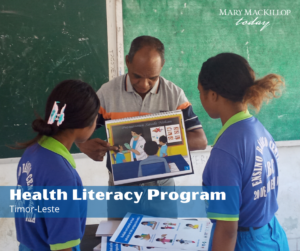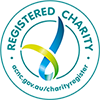Fast Facts
- Around the world, approximately 400 million people do not have access to essential health services.[1]
- Globally in 2015 an estimated 156 million children (23% of all children) were affected by stunting from malnutrition[2].
- An estimated 1.7 billion people around the world need treatment and care for neglected tropical diseases.[3]
- About 1 billion people – 15% of the world’s population – are disabled. A total of 80% of people with disabilities live in developing countries[4].
- Almost half the world’s population, living in nearly 100 countries and territories, are at risk of malaria.[5]
Why is health important?
The Right to Health is one of the most basic of human rights. Without health people are not able to live fruitful and purposeful lives of dignity. Having poor health also impinges on the attainment of other fundamental human rights, such as the right to education, the right to work, and the right to shelter and food. Achieving better health makes an important contribution to the economic progress of communities and nations, as it has been proven that healthy populations live longer, are more productive, and save more.[6] Studies have also shown that good nutrition and health in the early years of life help children to do better at school, be healthier, have higher earnings and participate more fully in society.[7]
Vulnerable and marginalised groups in society are often less likely to enjoy the right to health. Three of the world’s most common communicable diseases – malaria, HIV/AIDS and tuberculosis – disproportionately affect the world’s poorest populations, placing a large burden on the economies of developing countries[8]. Sadly, many communicable diseases that cause deaths throughout the world, such as diarrhoea, dengue fever, and tuberculosis, could be largely prevented through greater education on basic health, sanitation and hygiene practices. However, basic preventative health education at the community level is often lacking in many countries around the world.
People living with a mental or physical disability often do not have access to appropriate health services and support, due to both limited resources in developing countries as well as local stigmas attached to living with a disability. There is therefore a strong link between disability and poverty, with disability being both a cause and a consequence of poverty[9]. People with disabilities encounter a range of barriers when they attempt to access health care, and may experience greater vulnerability to secondary conditions, co-morbid conditions, age-related conditions, engaging in health risk behaviours and higher rates of premature death.[10] When people have increased knowledge on preventative health practices, and increased access to allied health services, long-term health outcomes in communities can be greatly improved, allowing people to realise their full dignity and live fruitful and purposeful lives in their community.
What Mary MacKillop Today is doing to help improve health opportunities?
- Health Literacy Program – Timor-Leste
- Community Mental and Physical Health – Peru
- Inclusive Communities Project – Papua New Guinea
- Supporting the community work of the Sisters of Saint Joseph (Non-Development)







